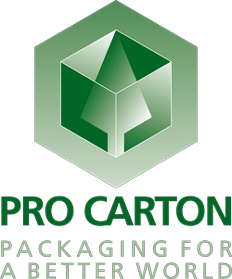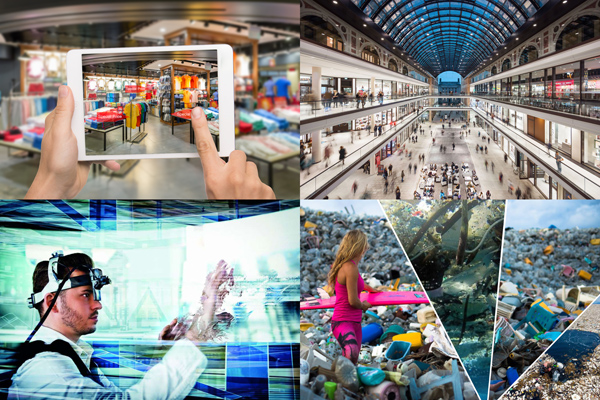Retail trade, brands and packaging – the trends 2019
5 March 2019
What do international trend agencies have to say about the coming year? Pro Carton has compiled the most important forecasts for the retail trade, brands and packaging. More than ever, the focus is on the consumer's experience, so that online and offline merge more and more. Sustainability takes on a new quality: it is no longer just about defending our planet, but about proactively protecting our resources and our health.
The global packaging market is continuing to grow: Smithers Pira data shows the value of the European packaging market in 2018 to be €195 billion and forecasts it will reach €214 billion in 2023, a year-on-year increase of 1.9%. Across this period the industry will respond to key shifts, such as consumption of e-commerce formats, demand for sustainable pack designs and packaging that aligns with modern lifestyles.




